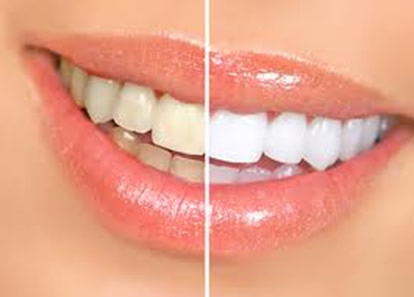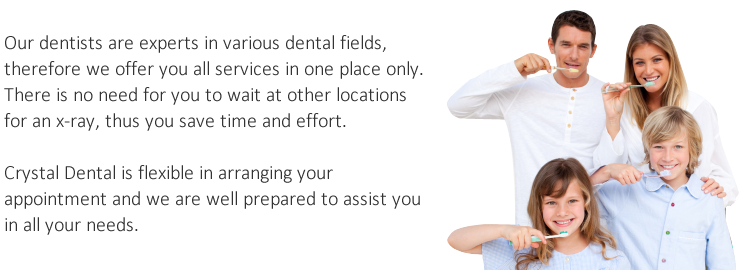Tooth whitening

Tooth whitening is a procedure that lightens teeth and helps to remove stains and discoloration. Whitening is among the most popular cosmetic dental procedures because it can significantly improve how your teeth look. Most dentists perform tooth whitening.
The outer layer of a tooth is called the enamel. Every day, a thin coating forms on the enamel and picks up stains. Tooth enamel also contains pores that can hold stains. Whitening is not an one-time solution. It will need to be repeated from time to time if you want to maintain the brighter color.
The most common reasons for teeth to get yellow or stained are aging, tobacco, tea and coffee. All of these can stain the surface of the teeth.
It is also possible to have stains that are inside the tooth. These are called intrinsic stains
Tooth whitening is most effective on surface stains caused by age, foods or drinks.
Cavities need to be treated before teeth are whitened. That's because the whitening solution can pass through decayed areas and reach inner parts of the tooth. If this happens, your teeth could become sensitive. Whitening also will not work on exposed tooth roots, which do not have an enamel layer. Receding gums can cause roots to become exposed. Whitening also does not work on crowns or veneers.
Tooth whitening can be done in the dentist's office or at home.
In-office (chairside) whitening allows your dentist to supervise the process - and your progress - more closely.
In-office whitening usually takes 90 to 120 minutes. You will need at least two appointments. The number of visits required will depend on the type of discoloration and how white you want your teeth to be.
For in-home whitening, your dentist will take impressions of your teeth and will make one or two custom mouthpieces to fit you.
At home, you will fill each mouthpiece with a whitening gel your dentist provides. You will wear the mouthpiece for several hours every day. Many people achieve the amount of whitening they want within a week or two. However, you may need to wear the mouthpiece for four weeks or longer.




